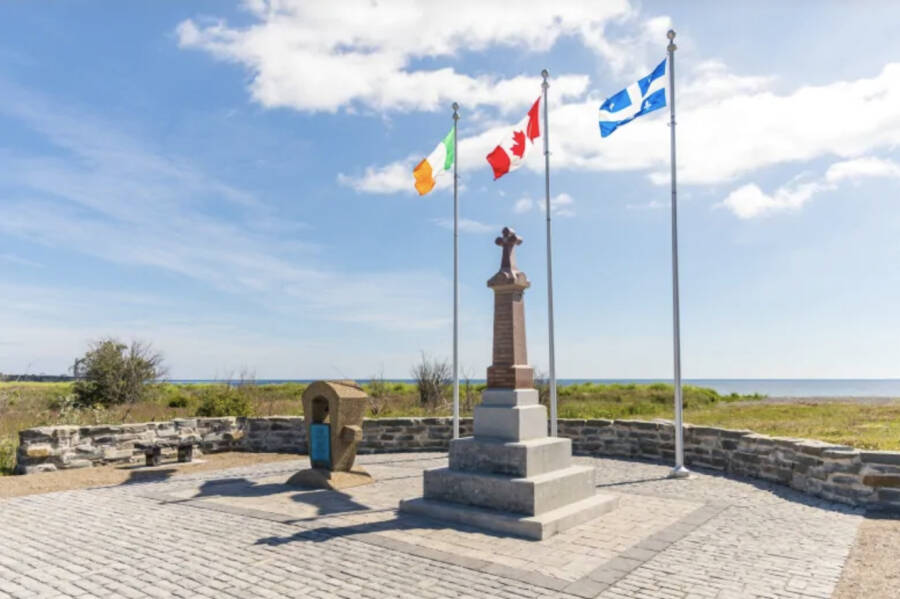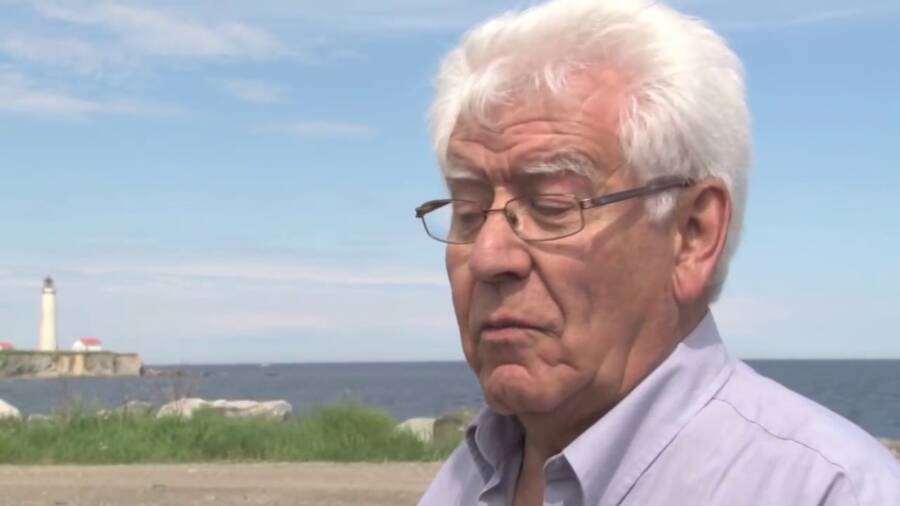Secrets of the 1847 Irish Famine Victims Unearthed as Mysterious Remains Resurface on Canadian Shores After 150 Years

Parks CanadaThe Irish Memorial on Cap-des-Rosiers was built in 1900 by St. Patrick’s Parish in Montreal to commemorate the shipwrecked passengers.
“Knowing the context and knowing there are descendants of the people who survived, it is very emotional and very sensitive,” she said. “We are very blessed to have been able to analyze them and extract as much information as we can.”
The remains will be buried near the Irish Memorial on Cap-des-Rosiers beach later this summer. The site was built in 1900 to commemorate the dead passengers of the Carricks, and is decorated with a ship’s bell found on Quebec’s shore 1968.
After learning about the human remains found on a Canadian beach belonging to an 1847 shipwreck of Irish emigrants escaping their country’s famine, read about the ancient ruins older than the pyramids discovered in Canada. Then, learn about how Irish pirate Queen Grace O’Malley defied Elizabeth I and conquered a man’s world.

















